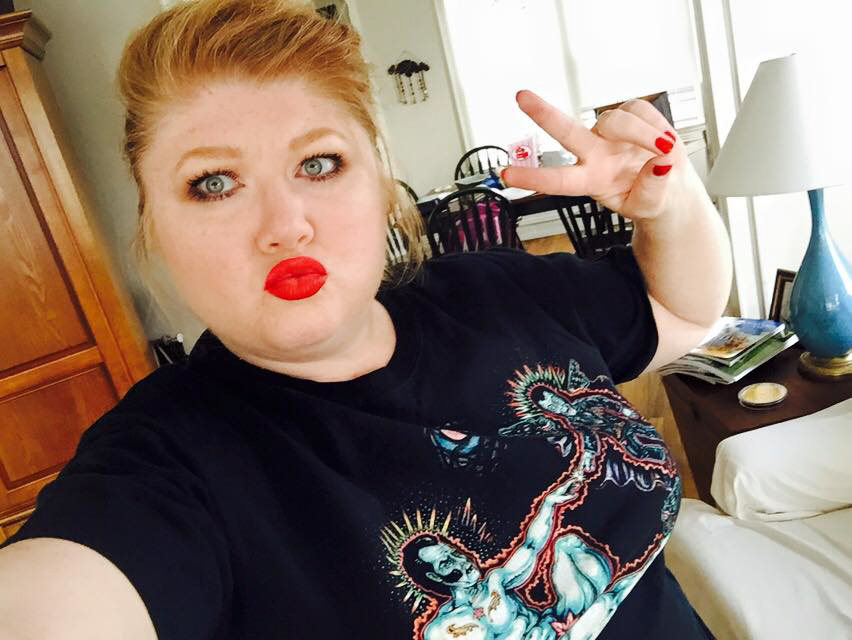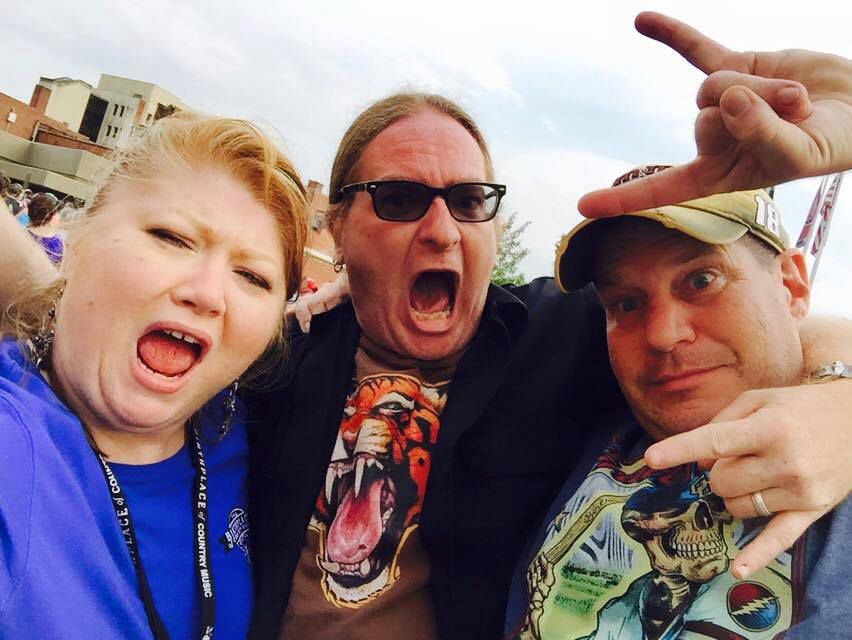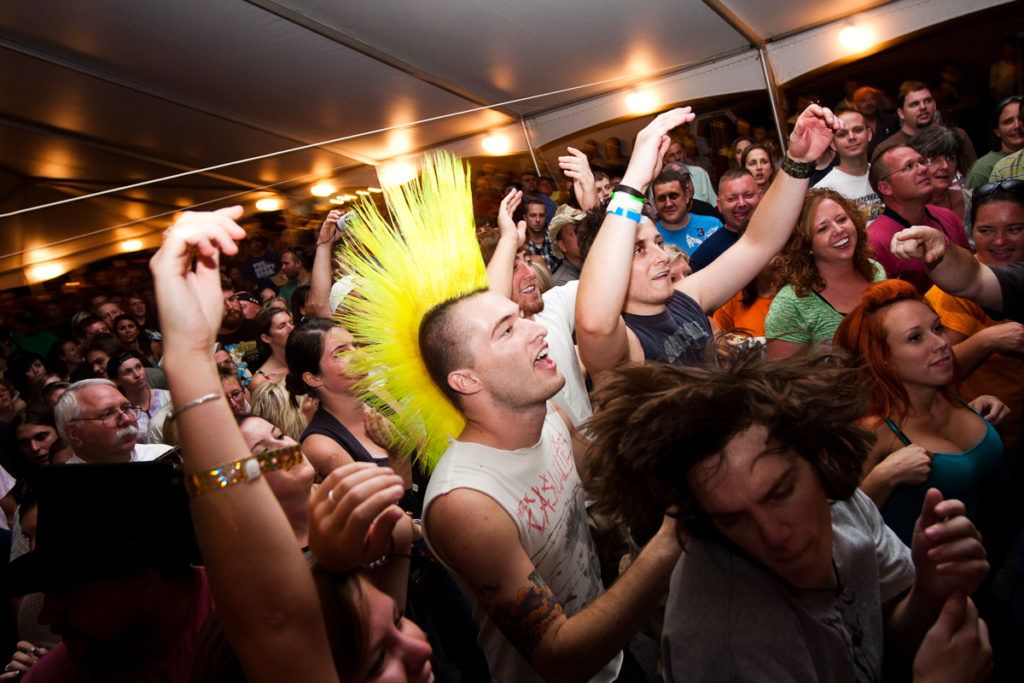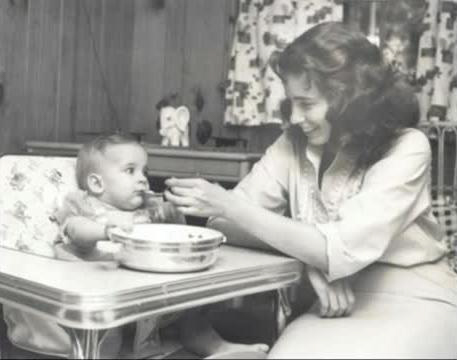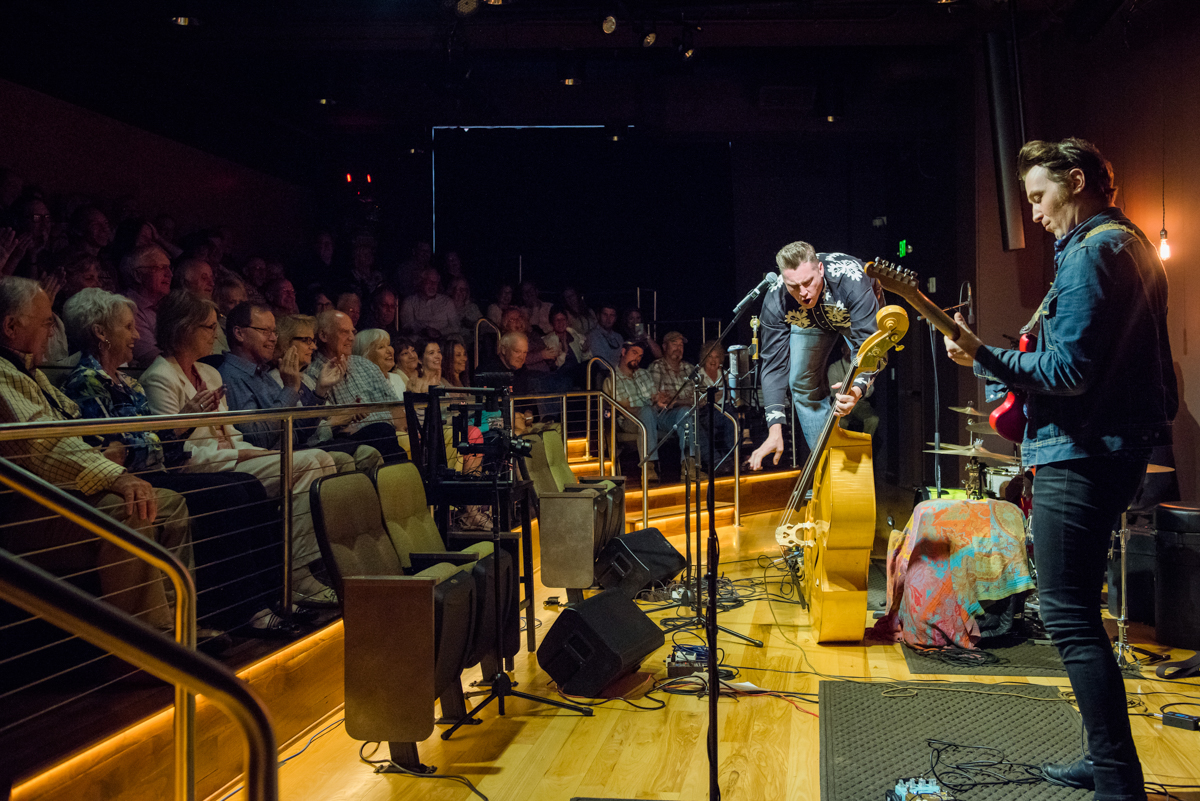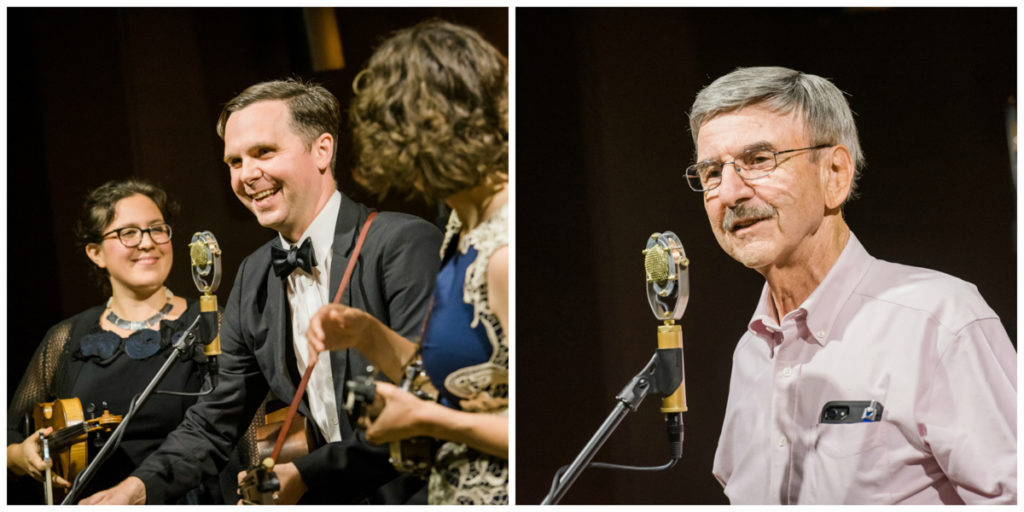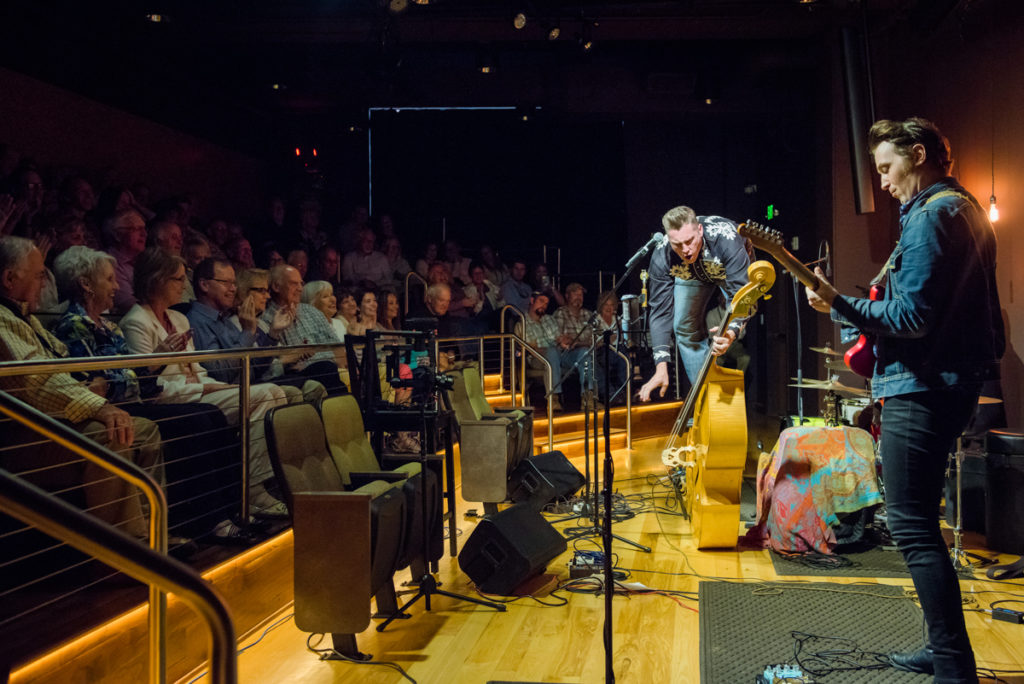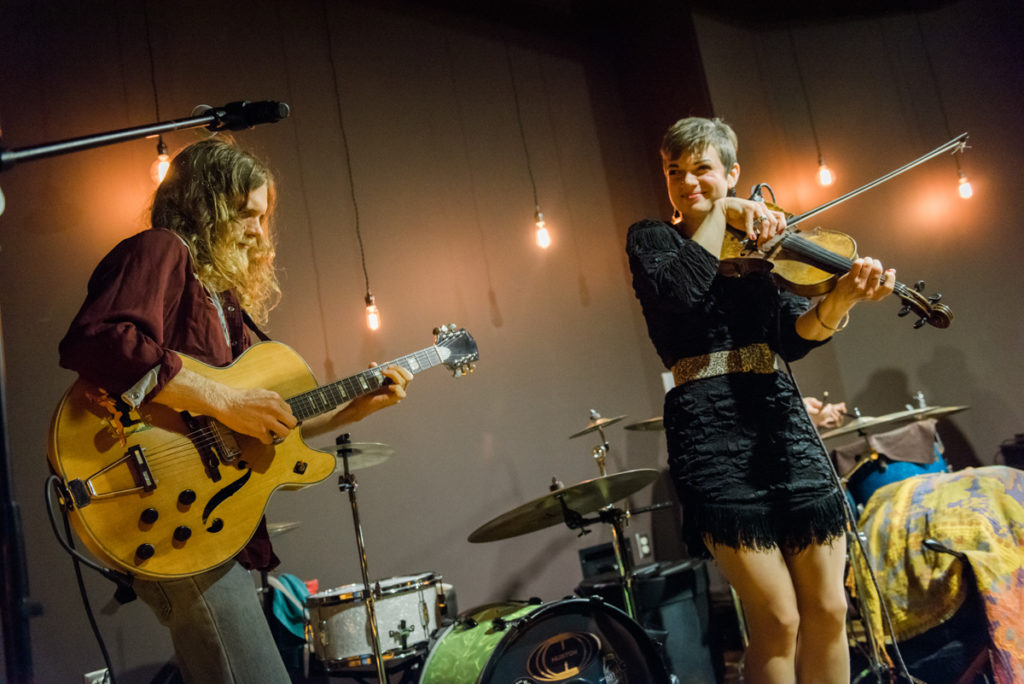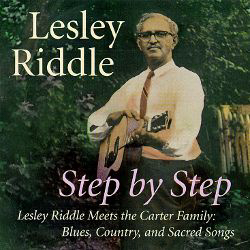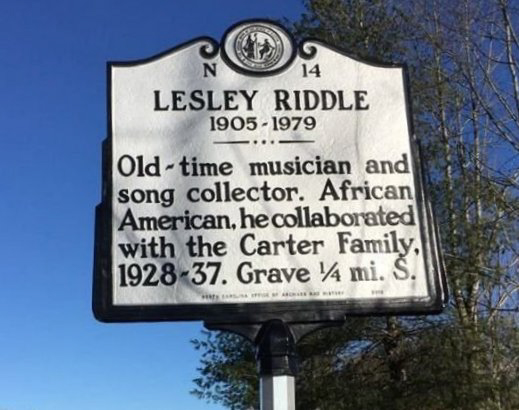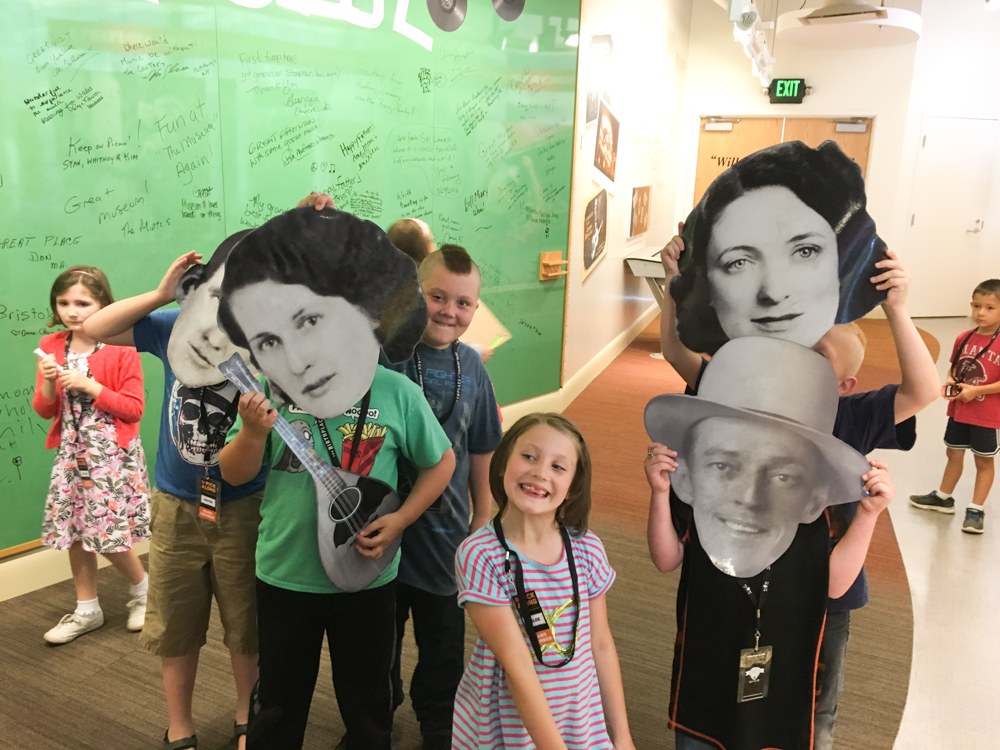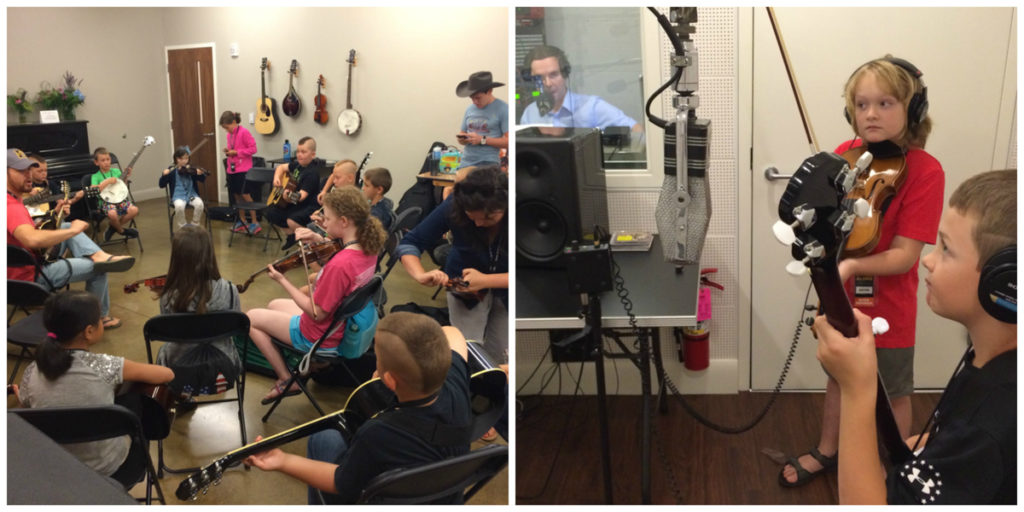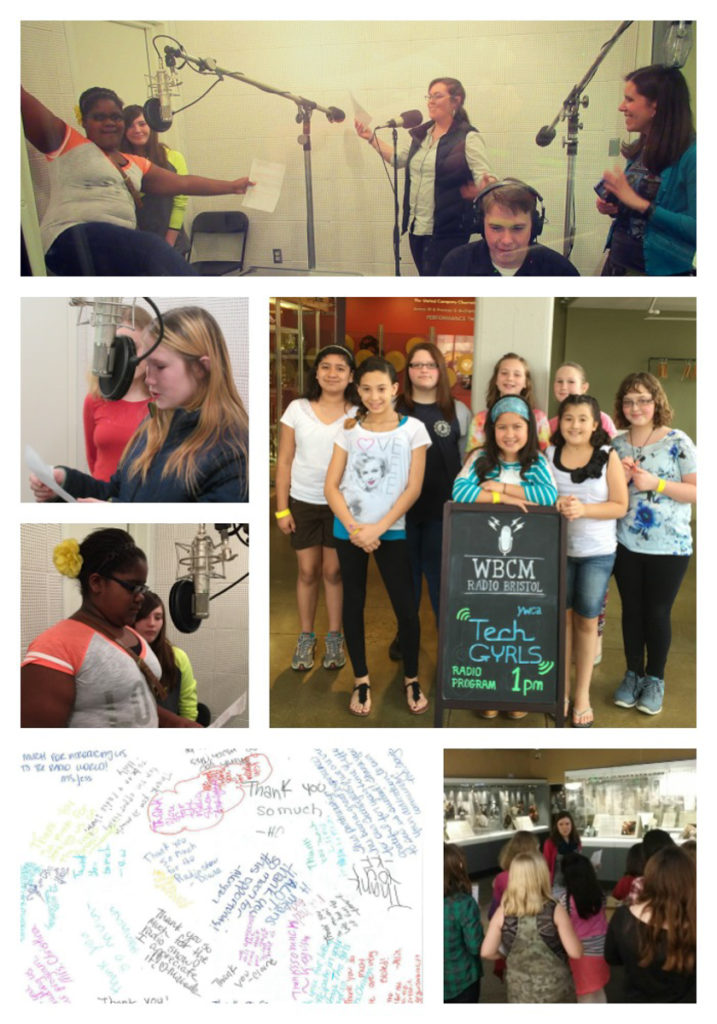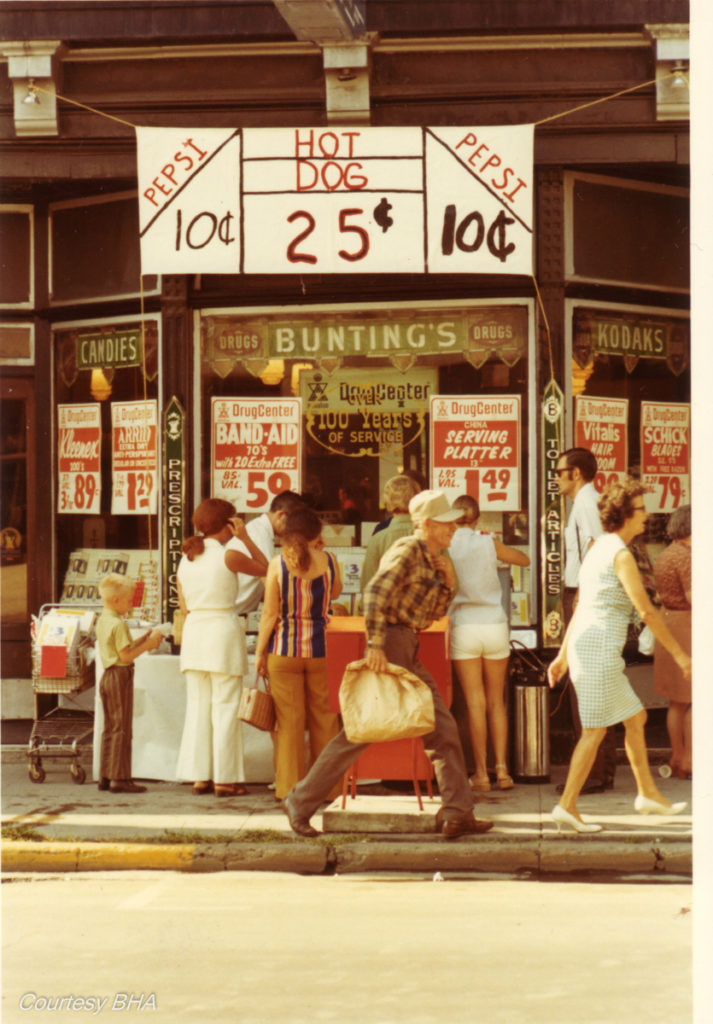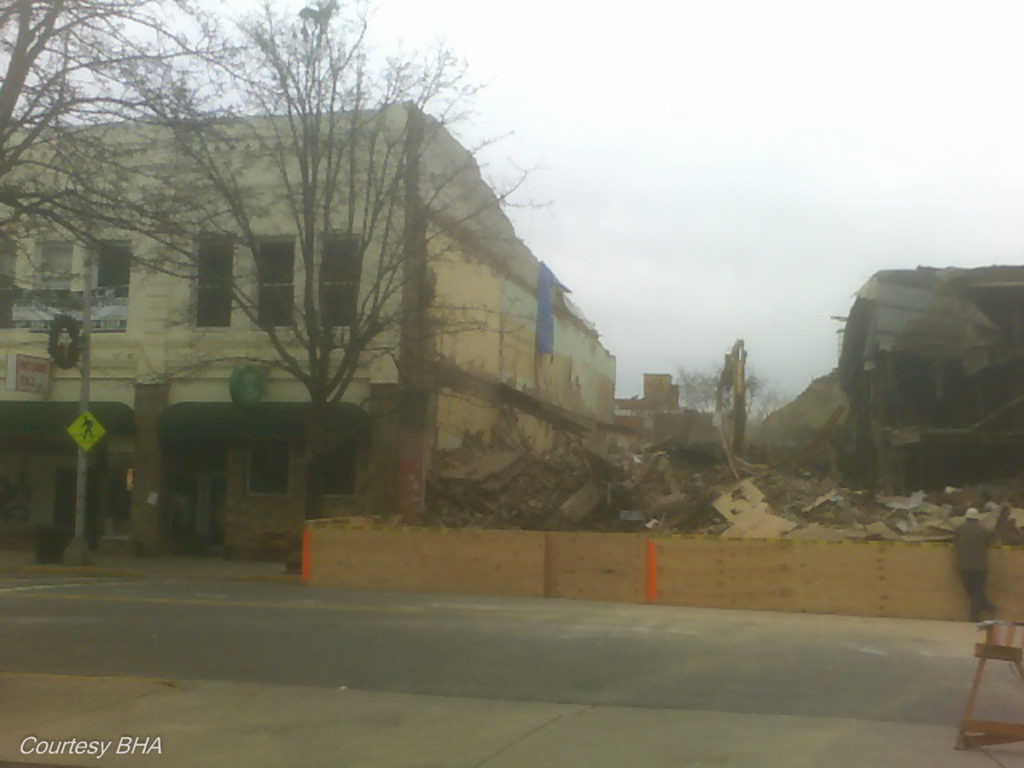Our Radio Bristol DJs are a diverse bunch – and they like a huge variety of musical genres and artists. In our Off the Record series, we ask one of them to tell us all about a song or record they love.
Howdy, friends and neighbors, and everybody everywhere! It’s Nathan Sykes here to talk about a record that has influenced my path to becoming your radio neighbor.
While a wide variety of recordings have shaped my musical and broadcasting career so far, the one that seems to have had the greatest impact on me is a 78rpm record that was released by Mercury Records in May 1952 featuring Lester Flatt and Earl Scruggs and the Foggy Mountain Boys performing “Pike County Breakdown.”
After performing as part of Bill Monroe’s Bluegrass Boys, a lineup that is considered to be the band that gave birth to the modern sound of bluegrass, Flatt and Scruggs formed their own group and began performing at radio stations all across the American south, including stints on WCYB’s Farm and Fun Time right here in Bristol. They also began recording for Mercury, and the material they recorded with that label is considered to be among the most influential in shaping bluegrass as we know it today. After leaving WCYB in the summer of 1950, the Foggies found themselves at WDAE in Tampa, Florida.
During a relatively unprofitable 11-week stay at WDAE, Flatt and Scruggs held their final session for Mercury. On October 20, 1950, Flatt and Scruggs cut “Pike County Breakdown,” under a severe hurricane warning in WDAE’s studio. “Pike County Breakdown” is a tune that Flatt and Scruggs would have also performed as part of Monroe’s Bluegrass Boys and is best described as a supercharged arrangement of the traditional ballad “Sweet Betsy from Pike.” Though Monroe would record the tune himself shortly afterwards, the Flatt and Scruggs version is widely considered the definitive cut.
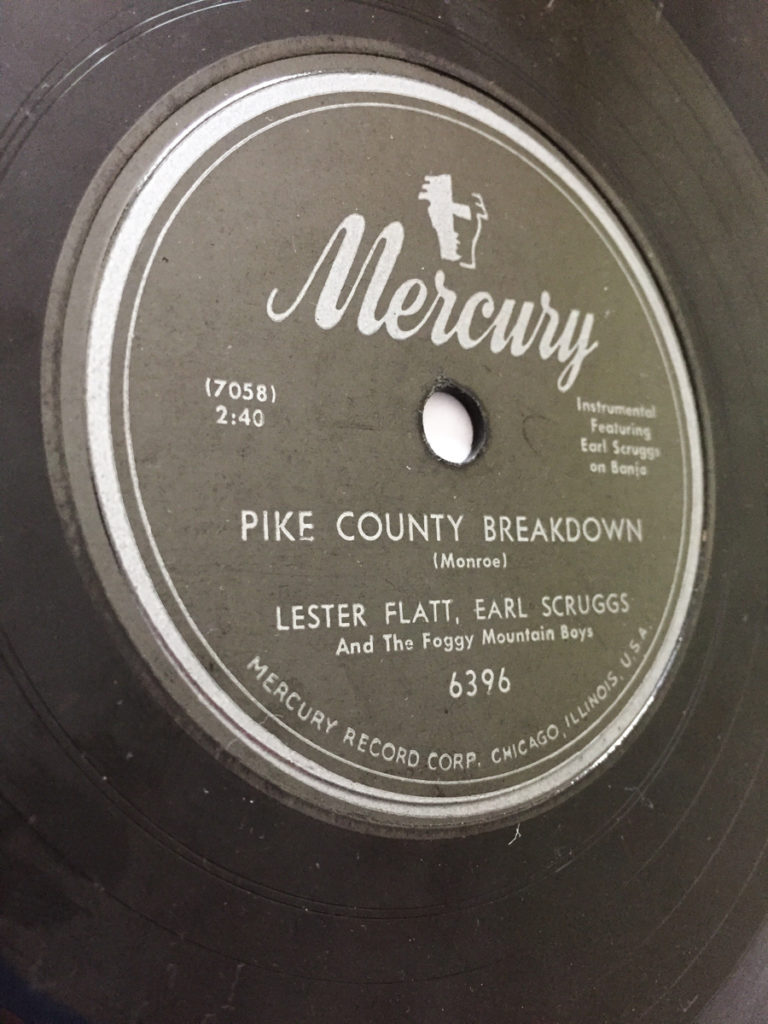
After this recording was released, “Pike County Breakdown” was soon heard on record players and jukeboxes nationwide. One copy of this record made its way into the hands of my great-great grandfather, Jay Lester of Council, Virginia. As the only member of my family who owned a record player at that time, his home became a hub of family activity. Though the record had been released for almost two years, my grandfather C. E. Sykes always recalled the day in 1953 when he ventured across Hurricane Creek to his grandfather’s home as he had done many times before. Upon arriving at the house, he found his grandfather sitting on the front porch playing records, a usual activity. However, this day would be different as it would go down as one that would start a tradition of music in my family that otherwise would not have existed. Popaw, as we called my grandfather, always said that when he first heard Earl Scruggs playing “Pike County Breakdown,” he decided he just had to learn to play the five-string banjo. Though cousin Roy Sykes had helped launch the career of the legendary Stanley Brothers, no one in my immediate family had played music before. For the remainder of his life, Popaw worked to become a master of the bluegrass style of playing the five-string banjo and played with several groups around East Tennessee and Southwest Virginia.
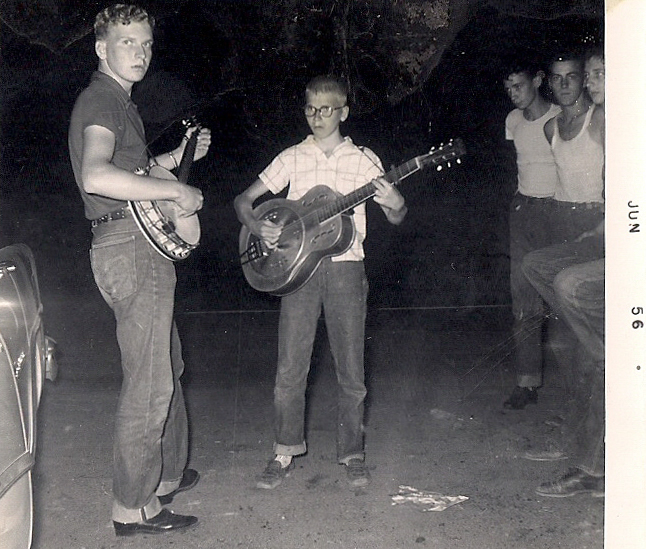
I began playing guitar at the age of 12 and followed in this proud family tradition. After developing an interest in playing bluegrass, I was encouraged by my family to explore and understand the origins of the music before considering the more modern interpretations. From there, I began to seek the earliest bluegrass recordings possible. Through this mutual love of early bluegrass music, I began playing music with my grandfather nearly every day and learned the intricacies that make early bluegrass the powerful music that it is and separates it from modern incarnations.
After studying the music of the early days of bluegrass, I began to venture further back into the depths of American roots music. As my musical journey led me to search for 78rpm recordings in the dark and dusty corners of junk shops across the region, it is easy to imagine the excitement that I felt the day I found a clean copy of this bluegrass masterpiece. Though it may not be the rarest or earliest or most desirable record in my collection, it is still one of my prized pieces due to the sheer sentimental value that comes along with owning a piece that is so integral to the musical tradition of my family.
Though I have ventured into other playing styles, I will always remember the close bonds that were created and lessons in musicianship that I learned while playing bluegrass with my family – ones that would not have been possible without the influence of Earl Scruggs and his fancy banjo playing on “Pike County Breakdown.”
Nathan Sykes is a Production Assistant at Radio Bristol — have a listen to hear him on air!




